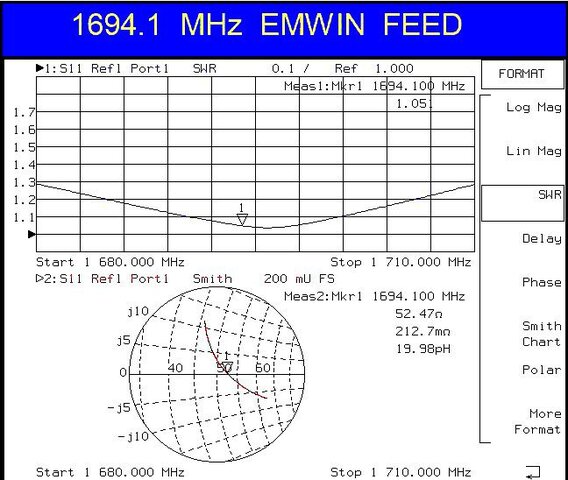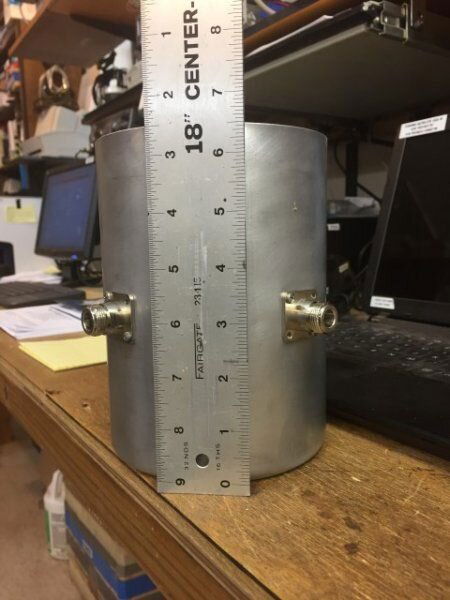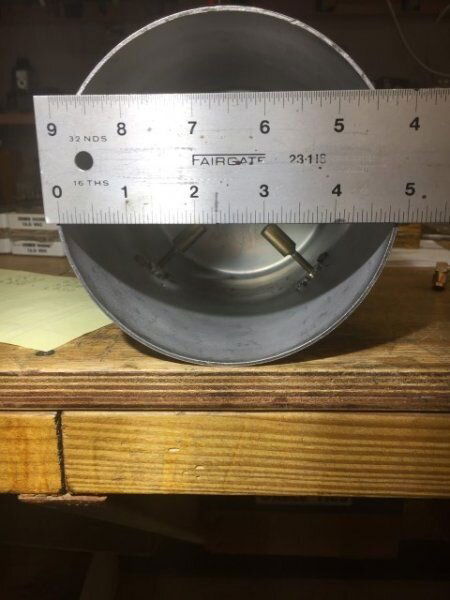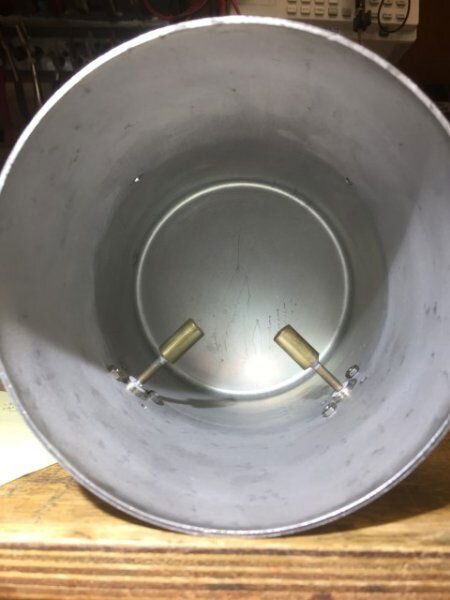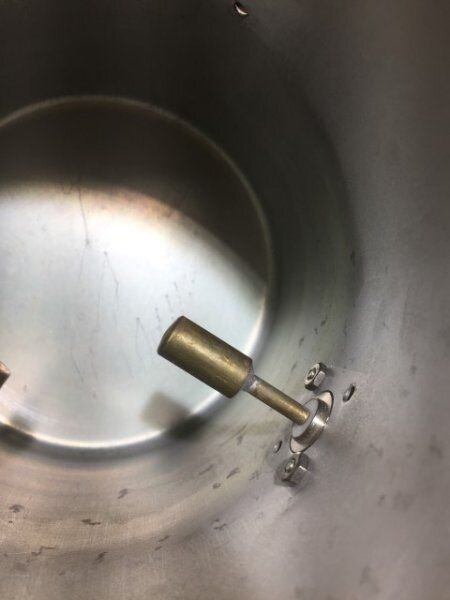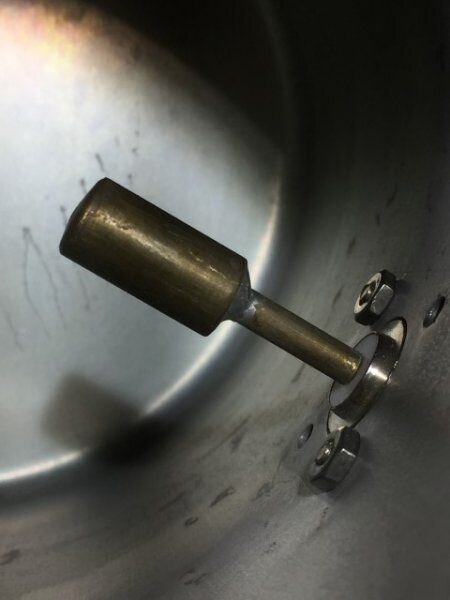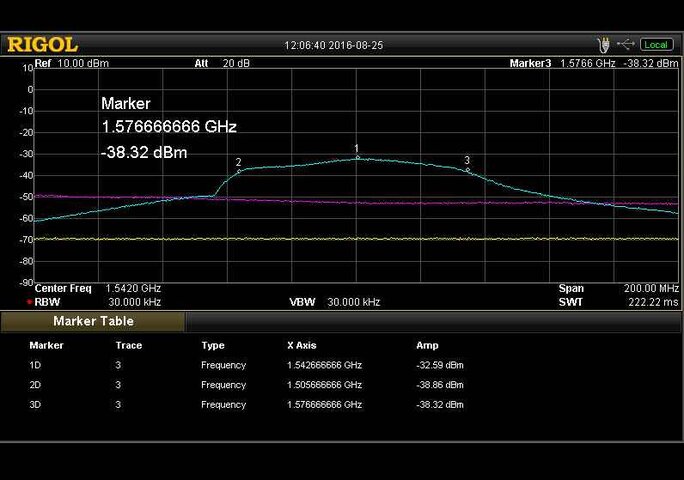After looking through all of the posts regarding the tortuous path of multiple levels of trials and error finding the right combination of hardware to produce a clean, error free GRB data stream I took a look at the 2nd half of the quest:....
He, he, he
This is another issue all to it's self. I have made my recommendation on here but it's far from the most convenient way.
It all depends how much control you are wanting to have over the datasets. Projection, histograms, maps and detail thereof.
This is where the cost could go high as this is a special item.
Others here are using programs to display the data but I have no idea to what level of detail is involved.
I do know that usually with the purchase of a workstaion (as it's called) for around $40,000 or more from the commercial guys out there you get that software with it.
I guess that in my case I might approach the commercial guys on this one depending on price, I would expect nothing less then a grand for a basic autoload display software?
But the software must be able to work with the NetCDF files.
On my GVAR system the files that the ingestor creates are special to the display software so they can't opened by other programs that I know of.
Lest see what anybody else has to offer as I have an big interest here as well.
I am exclusively a hardware guy; given enough pointers to the correct hardware path to follow I am pretty much capable of dealing with any pesky issues that come up.
Only problem with that connects with the paragraph below, The hardware here has a software connection that tends to have many to do with the issues that come up.
This is one of the drawbacks of building you're own worksation.
I do hope that you're familiar with Linux, that is due to CSPP Geo runs on CentOS or similar Linux.
Now that I am retired (my blushing bride of 53 years says "retarded" instead of "retired")
Ha,ha

Speaking of hardware issues, I have a commercially made "cantenna" that I was told was originally designed for downlinking an L-band telemetry signal from an Inmarsat bird back in the late 80's.
Keep in mind that the probe length is not the only part of the waveguide that must be taken into account.
The can size (described many pages back) is very important to it's function of frequency.
Here a 5" can is what we want no less then 5". If it's bigger then 5" is should work too, though depends on how much bigger.
Also the probe distance from the back is a function of it's working frequency.
The designs here have focused on 1/4 wave from the back of the can (typ), My design has it a 1/2 wave from the back.
Any thoughts on why the cantenna resonance occurs at a lower freq than the length of the probes might indicate?
There are many factors that can affect the resonance of the cantenna, what you described is a good point. The probe's dia has an affect on that as well.
I will say Mike you go much farther then most of us here with that as the dimensions from the calculator is close enough for me considering this is only a RX system.
Otherwise go for it, try and see. It would seem that the feed you have may very well work and along with the patch antenna.



